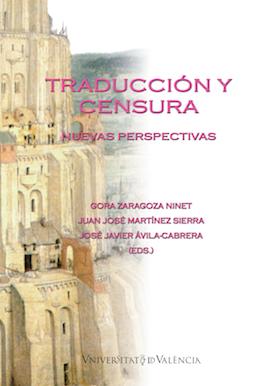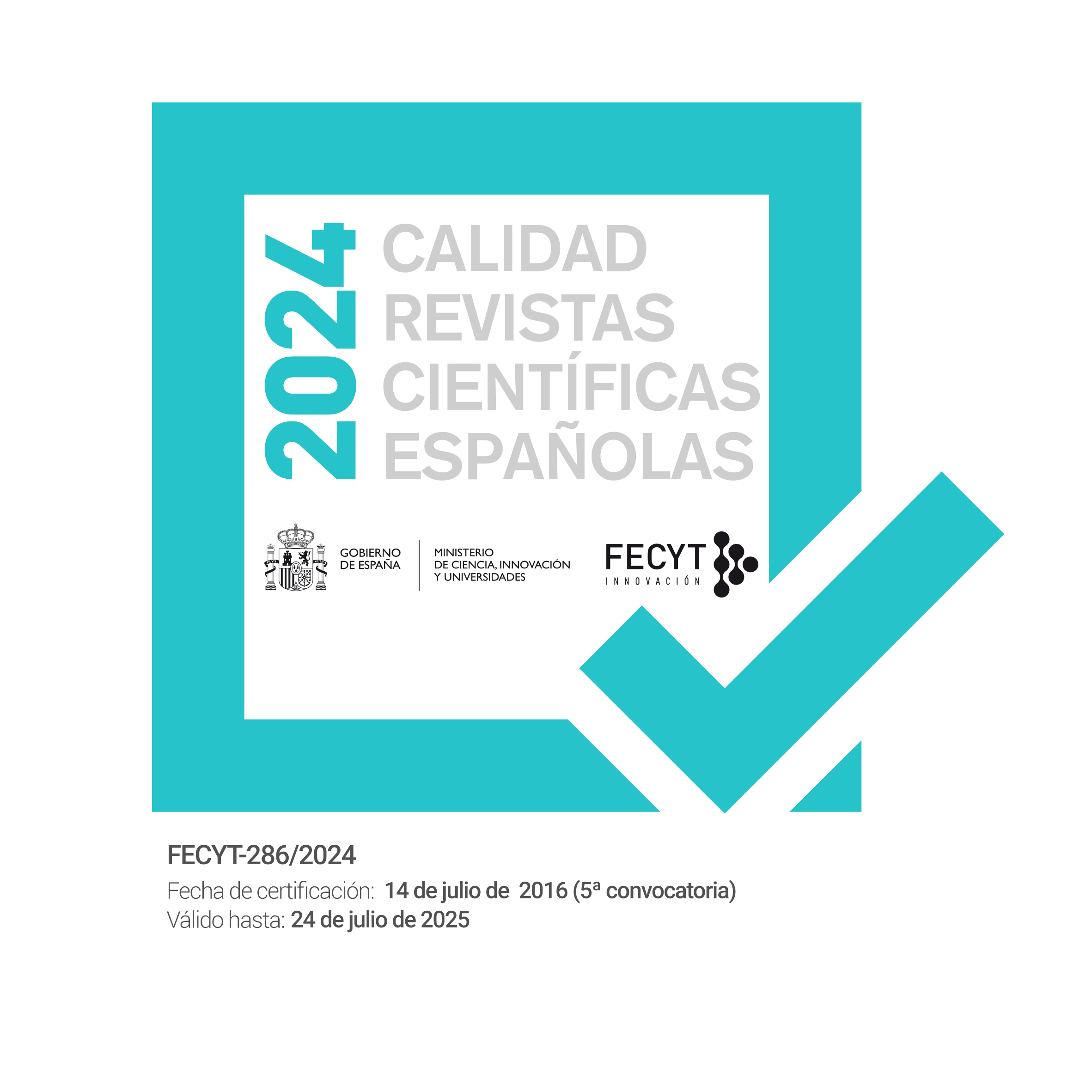Introduction
DOI:
https://doi.org/10.7203/qf-elit.v20i0.7525 Abstract
Abstract
(...) if censorship is in itself a serious issue in the same language and culture, it is even more serious if it operates via translation. That is to say, from one language (and culture) to another, given that, if departing from the sense, function and form of a source text if transferred from a language to another, if the translated text is partially or wholly translated (i.e. "no-translation") or even amended, the result is a text that will definitely not resemble the original. The consequences of this are great, not only affecting the writer in the source language, but also the image, or idea, of the whole source literary system.
Sadly, one of the problems scholars face when researching censorship is how difficut it is to trace it back. How do we know if a text is(n't) a translation and is(n't) available in another language? Was it translated and censored then? When we fortunately have a text translated into a different language, we can definitely say that the text has been "edited" in transferring it to the source language, that is partially censored, deleting some 'dangerous' fragments for a determined doctrine? However, this difficulty even transcends where we know the text has been censored, and it is extremely difficult to search, consult, compile and reproduce the censorship files in the Alcalá de Henares Archive.
 Downloads
Downloads
Downloads
Published
How to Cite
-
Abstract783
-
PDF (Español)358
Issue
Section
License
 Este obra está bajo una licencia de Creative Commons Reconocimiento-NoComercial-SinObraDerivada 4.0 Internacional.
Este obra está bajo una licencia de Creative Commons Reconocimiento-NoComercial-SinObraDerivada 4.0 Internacional.
Authors who publish with this journal agree to the following terms:
- Authors retain copyright and grant the journal right of first publication with the work simultaneously licensed under a Creative Commons Attribution License that allows others to share the work with an acknowledgement of the work's authorship and initial publication in this journal.
- Authors are able to enter into separate, additional contractual arrangements for the non-exclusive distribution of the journal's published version of the work (e.g., post it to an institutional repository or publish it in a book), with an acknowledgement of its initial publication in this journal.
- Authors are permitted and encouraged to post their work online (e.g., in institutional repositories or on their website) prior to and during the submission process, as it can lead to productive exchanges, as well as earlier and greater citation of published work (See The Effect of Open Access).




